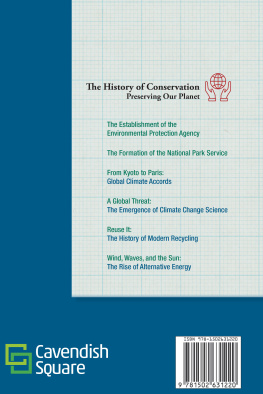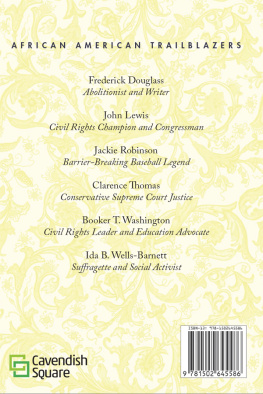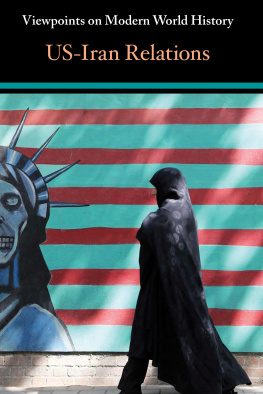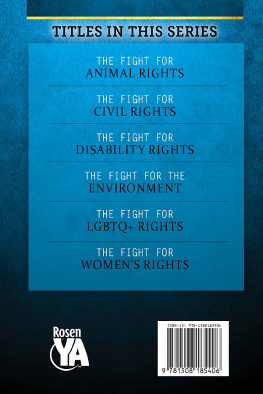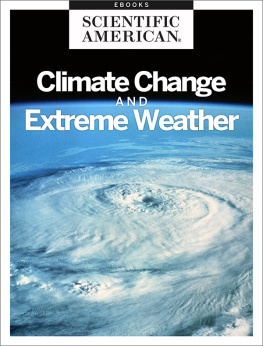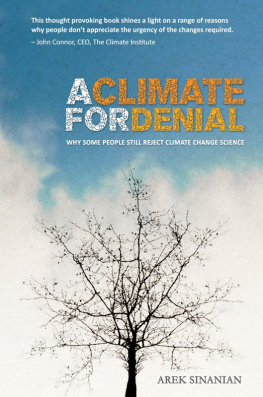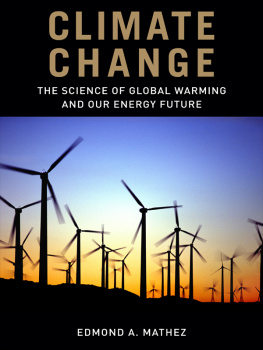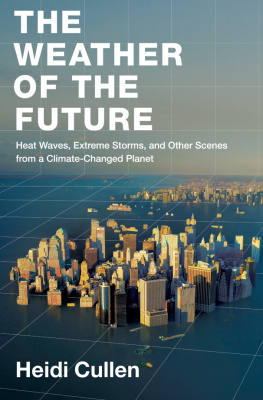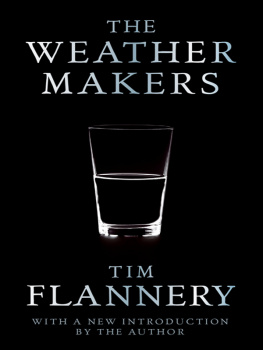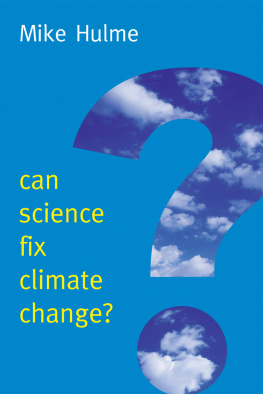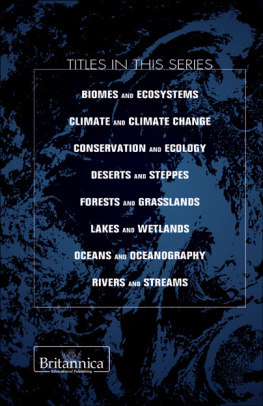Published in 2018 by Cavendish Square Publishing, LLC
243 5th Avenue, Suite 136, New York, NY 10016
Copyright 2018 by Cavendish Square Publishing, LLC First Edition
No part of this publication may be reproduced, stored in a retrieval system, or transmitted in any form or by any meanselectronic, mechanical, photocopying, recording, or otherwisewithout the prior permission of the copyright owner. Request for permission should be addressed to Permissions, Cavendish Square Publishing, 243 5th Avenue, Suite 136, New York, NY 10016. Tel (877) 980-4450; fax (877) 980-4454.
Website: cavendishsq.com
This publication represents the opinions and views of the author based on his or her personal experience, knowledge, and research. The information in this book serves as a general guide only. The author and publisher have used their best efforts in preparing this book and disclaim liability rising directly or indirectly from the use and application of this book.
All websites were available and accurate when this book was sent to press.
Library of Congress Cataloging-in-Publication Data
Names: Hurt, Avery Elizabeth, author.
Title: A global threat: the emergence of climate change science / Avery Elizabeth Hurt. Description: New York : Cavendish Square Publishing, 2018 |
Series: The history of conservation: preserving our planet |
Includes bibliographical references and index. | Audience: Grades 9-12. Identifiers: ISBN 9781502631220 (library bound) | ISBN 9781502631237 (ebook) Subjects: LCSH: Climatic changes--Juvenile literature. |
Global warming--Juvenile literature.
Classification: LCC QC903.15 H87 2018 | DDC 363.73874--dc23
Editorial Director: David McNamara
Editor: Kristen Susienka
Copy Editor: Rebecca Rohan
Associate Art Director: Amy Greenan
Designer: Lindsey Auten
Production Coordinator: Karol Szymczuk
Photo Research: J8 Media
The photographs in this book are used by permission and through the courtesy of: Cover; p. 4 Planet Observer/ UIG/Getty Images; p. 8 iStockphoto/Ferrantraite; p. 10 iStockphoto/FredFroese; p. 12 Claude-Olivier Marti/ Moment/Getty Images; p. 17 Fritz Goro/The LIFE Picture Collection/Getty Images; p. 19 Evan Oto/Science Source; p. 26 Saravutpics/Shutterstock.com; p. 28 Ashley Cooper/Corbis Documentary/Getty Images; p. 33 British Antarctic Survey/Science Photo Library/Getty Images; p. 36 istockphoto/Vlad61; p. 40 Barrett&MacKay Barrett&MacKay/All Canada Photos/Getty Images; p. 42 Montree Hanlue/Shutterstock.com; p. 45 Syda Productions/ Shutterstock.com; p. 46 Bernardo de Menezes Petrucci/Wikimedia Commons/File:Milan Thunderstorm.jpg/ CC-BY-SA-3.0; p. 50 Duane Howell/Denver Post/Getty Images; pp. 55, 61 Bettmann/Getty Images; p. 63 Jason Kempin/FilmMagic/Getty Images; p. 67 Sonny Tumbelka/AFP/Getty Images; p. 70 Universal History Archive/ Universal Images Group/Getty Images; p. 73 Bloomberg/Getty Images; p. 75 AP Images; p. 83 Keystone-France/Gamma-Keystone/Getty Images; p. 86 Gengwit Wattakawigran/Shutterstock.com; p. 88 How Hwee Young/AFP/Getty Images; p. 91 A Katz/Shutterstock.com; p. 96-97 Netta Arobas/Shutterstock.com.
Printed in the United States of America


Opposite: This satellite image of the northeastern United States and southeastern Canada at night gives a brilliant demonstration of how much energy we use today.

E veryone is talking about climate change these dayseither to warn us that were running out of time to address the problem and stave off its dreadful consequences or to assure us that all such warnings are silly at best and at worst a cruel hoax designed to cripple Western economies. Sometimes it can seem like global warming is just the latest thing, as if someone noticed a few years ago that Earths climate is warming up, and everyone suddenly started running around like Chicken Little saying, The sky is falling! However, climate science is anything but new. It is older than the computer, the atomic bomb, and antibiotics. In fact, people have been studying Earths climate since before we had transatlantic flight or knew what DNA was. Far from being Chicken Little, the scientists who are warning us about it are some of the most cautious, level-headed people on this planet.
Checking and Double-Checking
The story of the science of climate change begins in the first half of the nineteenth century, with men (in those days scientists were almost all men) trying to understand the natural temperature swings of the planet. They hiked in the Swiss Alps, paying close attention to the patterns left in rocks as glaciers retreated. As more and more scientists began to study Earths climate, they took to the sea to check the temperatures of the worlds oceans. They invented machines that could detect small amounts of gases in the atmosphere. They drilled into the ice sheets of Greenland and the Antarctic to take samples of the air pockets trapped there. They developed computer programs that could predict with remarkable accuracy the effects on the climate of things such as volcanic eruptions and deforestation.
In the manner of all good science, they looked carefully at the evidence they found, gathered reams of data, then went back to the lab to evaluate that evidence, test that data, and apply rigorous scientific method and logic to their research. They discussed their findings with colleagues, who tested the results themselves. They published papers, which were also discussed and analyzed by other scientists. Then they went back and gathered more evidence and collected more data. They were surprised at what they foundthat the planet was warming much more quickly than could be accounted for by the factors that had influenced the planets temperature cycles for millennia. They were even more surprised when the evidence strongly suggested that the reason for this warming was that, since the Industrial Revolution, humans had been putting an unprecedented amount of carbon dioxide and other gases into the air by burning fossil fuels, such as coal and petroleum. Because they were scientists, they checked and rechecked their findings. Human-caused global warming was an important discovery, and they took plenty of time to be absolutely sure they were right before they were willing to put their scientific reputations behind it. In the end, there was no denying it: global warming was happeningvirtually all scientists agreedand the primary cause of it was human behavior. If nothing was done to reverse this trend, the results could be catastrophic.
Bringing the Bad News
Like all good tales, the story of climate science has its share of conflict. When scientists began to warn the world of the problem, they discovered that some very powerful and very rich people were not happy to get the news (though it turned out that some of them were doing research on their own and already had the news!). Addressing the problem of human-caused global warming meant cutting back on the use of fossil fuels and replacing them with sources of energy that did not add to the increasing temperatures. Companies that made their money by selling fossil fuels would either have to sell less of their product and therefore make less money or figure out ways to make money selling energy sources that would be less harmful to the climate. Instead, they began a deliberate and detailed program of denying the science behind climate change, confusing the public, and convincing politicians and policymakers that it would be in their best interest to do nothing about what scientists were increasingly demonstrating was a crisis.

